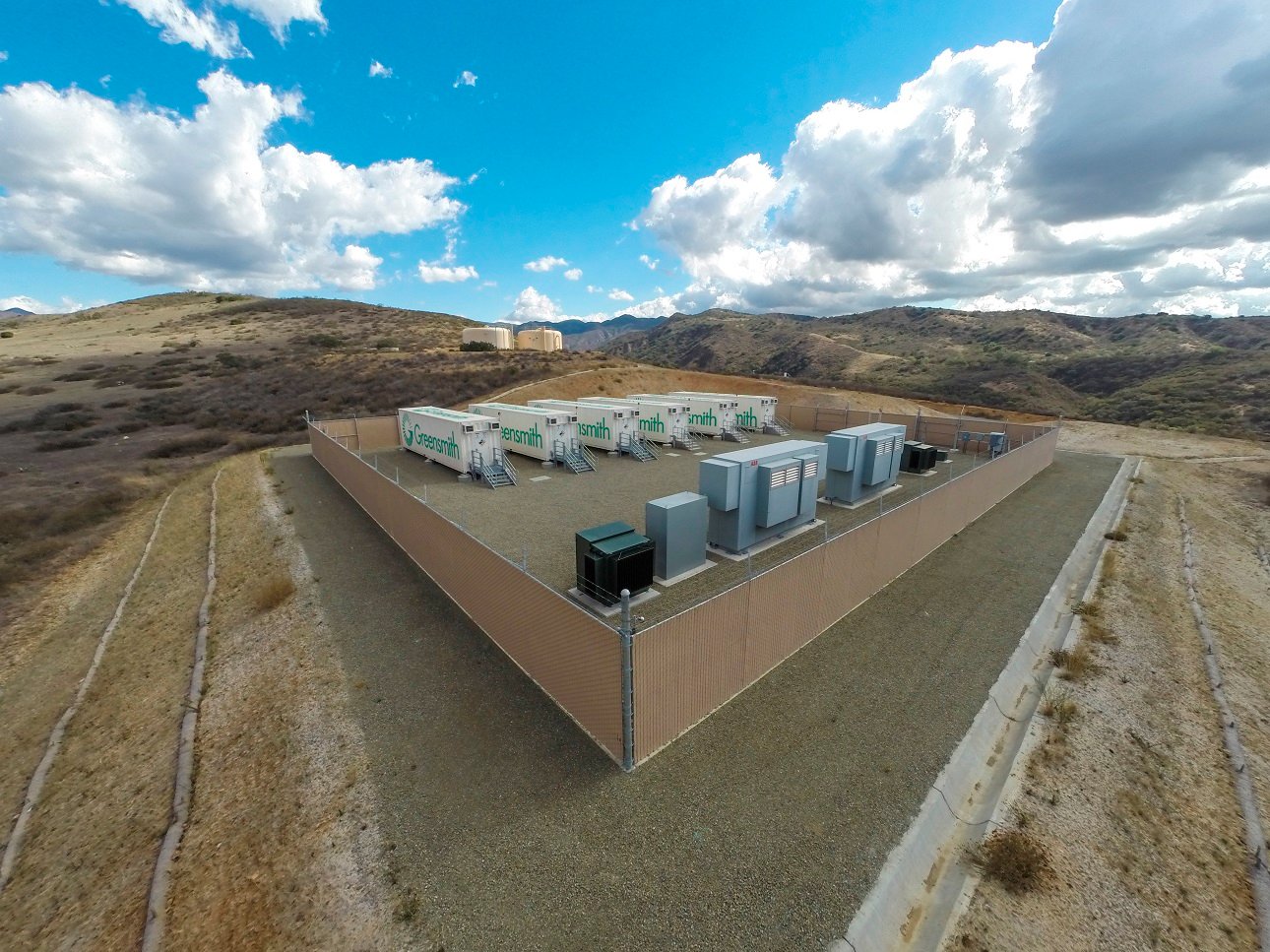
Using energy storage – and often renewables – could see mines, cement companies, data centres and other large industrial operations in emerging markets reduce their electricity costs drastically, the CEO of Greensmith has said.
John Jung is head of the California energy storage system provider and software specialist, acquired for around US$170 million by Wärtsilä in 2016. Jung has told Energy-Storage.news that tailored solutions for large industrial operations in emerging markets such as South East Asia are bringing payback times – the time taken to recoup the original capital investment through the saved cost of energy – down to just two years, in the case of one soon-to-be-announced project.
Enjoy 12 months of exclusive analysis
- Regular insight and analysis of the industry’s biggest developments
- In-depth interviews with the industry’s leading figures
- Annual digital subscription to the PV Tech Power journal
- Discounts on Solar Media’s portfolio of events, in-person and virtual
Or continue reading this article for free
Jung said that Greensmith, known both for delivering turnkey storage systems with batteries from a variety of vendors (16 different types at the latest count) as well as its GEMS software control and integration platform, is currently working on projects in emerging or ‘developing’ markets such as the Philippines, and the African country of Guinea, where ‘hybrid’ solutions combining different energy resources and technologies look set to be deployed.
According to the CEO, it is still too early to announce specific details of either project. However, he did say that in the case of the Guinea project, the mine in question had to shut down operations 12 times in the first half of 2018 alone, “because the distribution network is unable to handle fluctuation in supply as well as load,” Jung said.
“If you calculate not only the increasing costs of electricity but the cost endured by having to shut down and restart that mine, it’s in the millions of dollars per day.
“When we’ve done the business case analysis to calculate the payback by adding energy storage to a modicum and avoid all those shutdowns – to go from 12 in the first six months to zero, the payback is under two years for the energy storage system. It’s the closest thing to a no-brainer I’ve seen in the power industry.”
Energy-Storage.news enquired if it was the case that while the energy cost savings and therefore the business case modelling for deploying energy storage, solar, gas turbines and other technologies could be significant, the relatively high upfront capital cost of such solutions is a barrier for the likes of Greensmith-Wartsila’s potential customers in emerging markets.
“I think that’s right. Where storage has been deployed [in large quantities to date], it’s been deployed in so-called ‘developed’ countries where the cost of electricity is a bit higher and people are a little bit more passionate and willing to pay money for renewable sources of electricity and now the cheapest cost of electricity in many markets around the world is solar.”
However, according to Jung, some regions of West Africa and South East Asia, to give just two examples, still experience “incredibly high” costs of electricity, often due to the need to transport diesel fuel to generators over long distances. The Philippines is one of the “highest cost of electricity markets” in Asia, mostly for this reason and suffers frequent power quality or power resilience issues. Big industrial operations, which could include metals and mining, data centres and more, are also made accessible to Greensmith by the long-term presence of Wärtsilä in those markets, mainly as a supplier of gas engines to such operations.
“There are macro aspects to these [emerging] markets that are true – they tend to be slower adopting when it comes to these technologies. But if you go further into individual countries and look into potential customer segments like mining operators, the financial case and the affordability of energy storage and software becomes even more affordable than in California, where you have subsidies and things happening to buoy the gigawatt adoption of storage.”
Commercial and industrial users of electricity are one of three distinct customer segments Greensmith is currently active in, “with the emphasis on heavy industrial”, the CEO said, while other active market segments are utilities and then also independent power producers (IPPs) and power developers, which are increasingly turning to energy storage to differentiate their offerings from those of their competitors.
